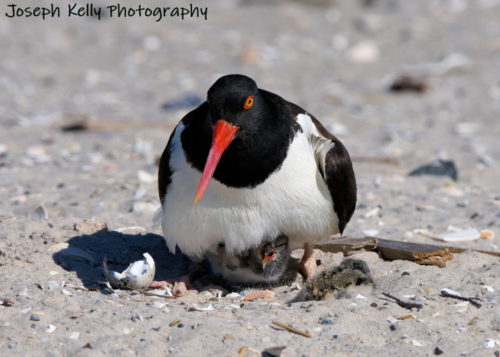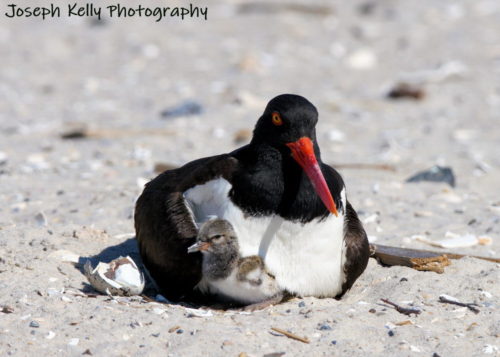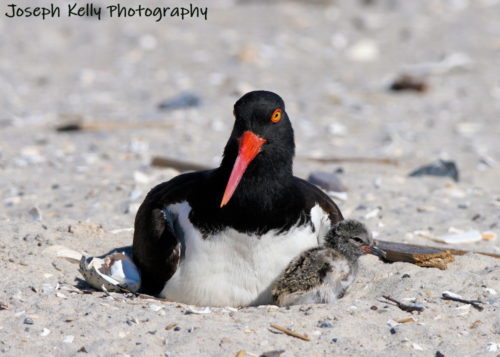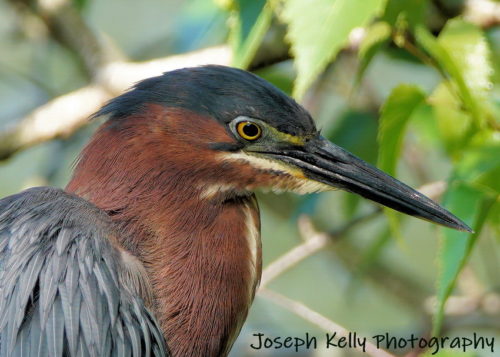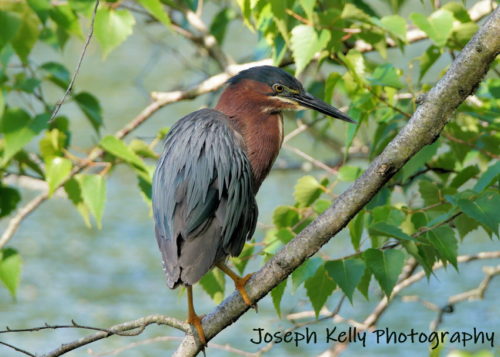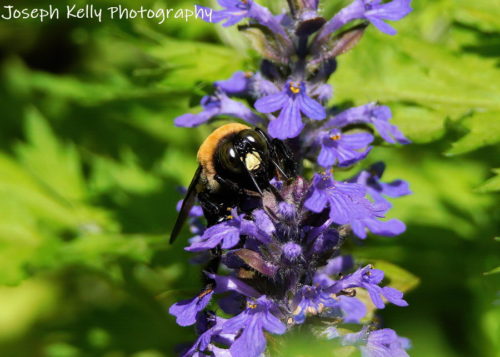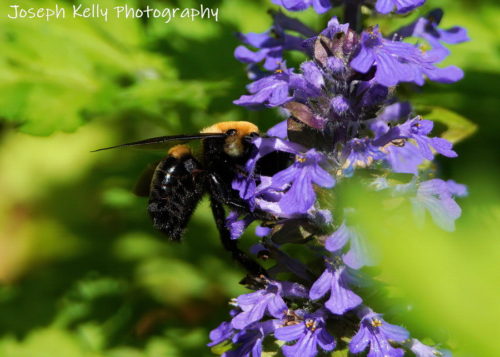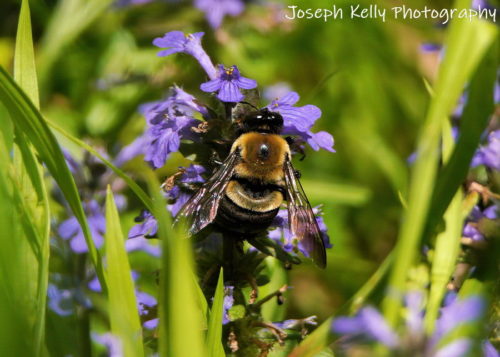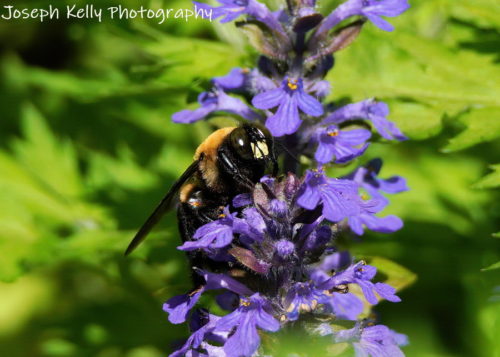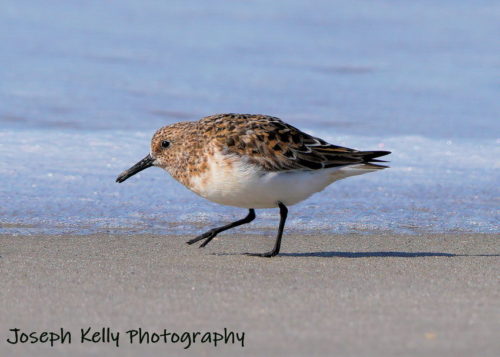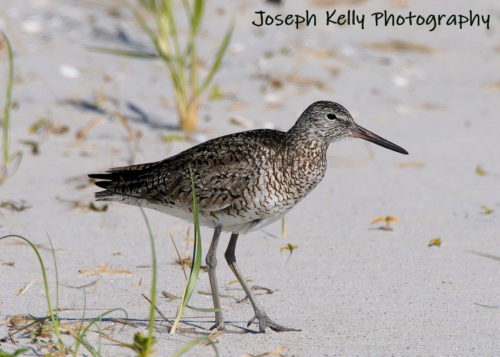Thursday, July 9, 2020,
Okay, so this is one of those too cute for words posts, except for the fact that I’ve got three photographs here and I need to add some filler between the pics. If you go through any of my previous posts, you’ll see that I always try to squeeze in some words between any photos. The words don’t always come so easy to me. This is also an explanation of why I post so many pics with no written description. 🙂
These three photos help document the very first day of these two Oystercatcher chicks. I have been following them since before they hatched, and I continue to do so. I was the guy to alert the local Conservation Department to this nest and now I sort of consider these “My Oystercatchers.” This was Nest #33 in their area this year. Several more nests followed. In fact some Oystercatchers are still sitting on eggs as I write this. JK
JK

